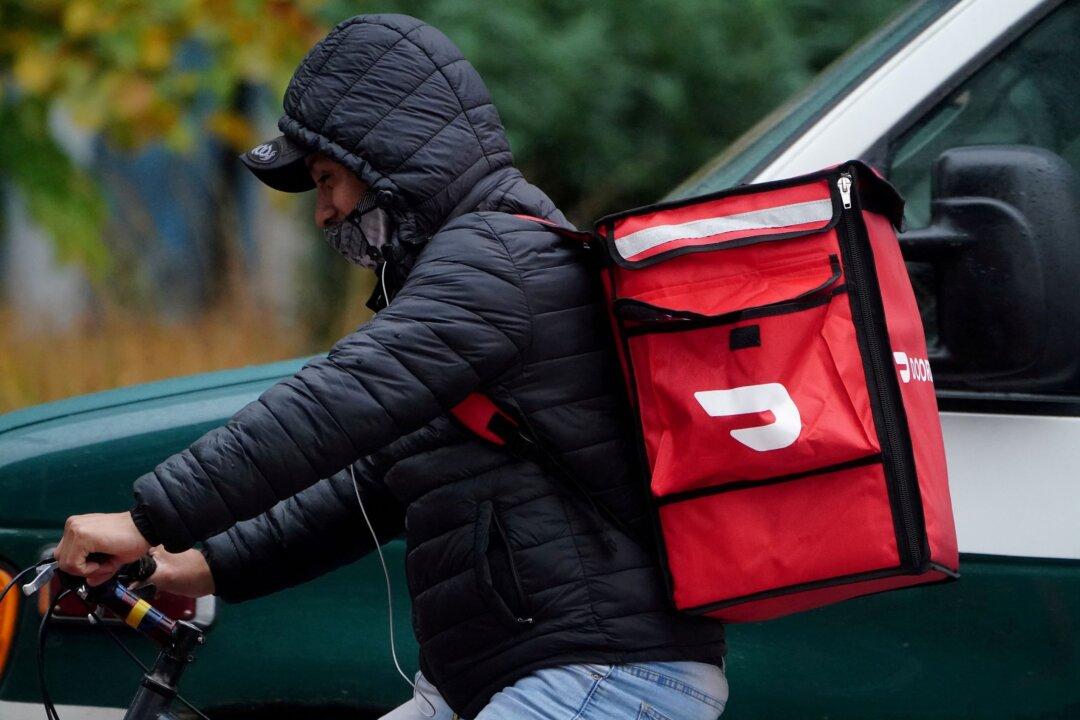Three months have passed since the New York State Supreme Court’s Appellate Division upheld legislation enacted over the summer allowing enforcement of the nation’s first minimum pay rate for third-party, app-based restaurant delivery workers.
The ruling mandated that popular delivery platforms, including Uber, DoorDash, and Grubhub, pay their workers at least $17.96 per hour, increasing to $19.96 per hour when fully implemented in 2025, with annual adjustments for inflation.
